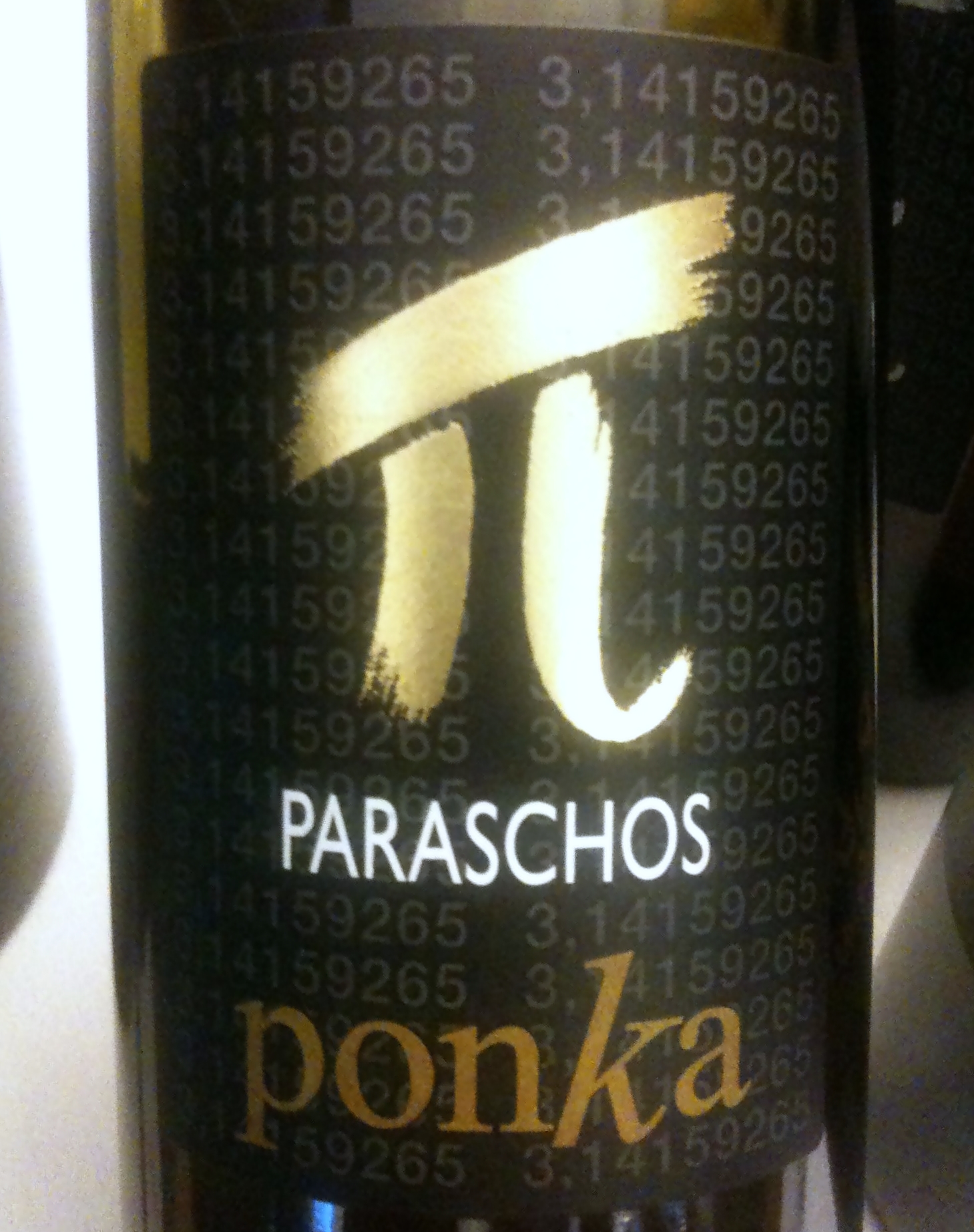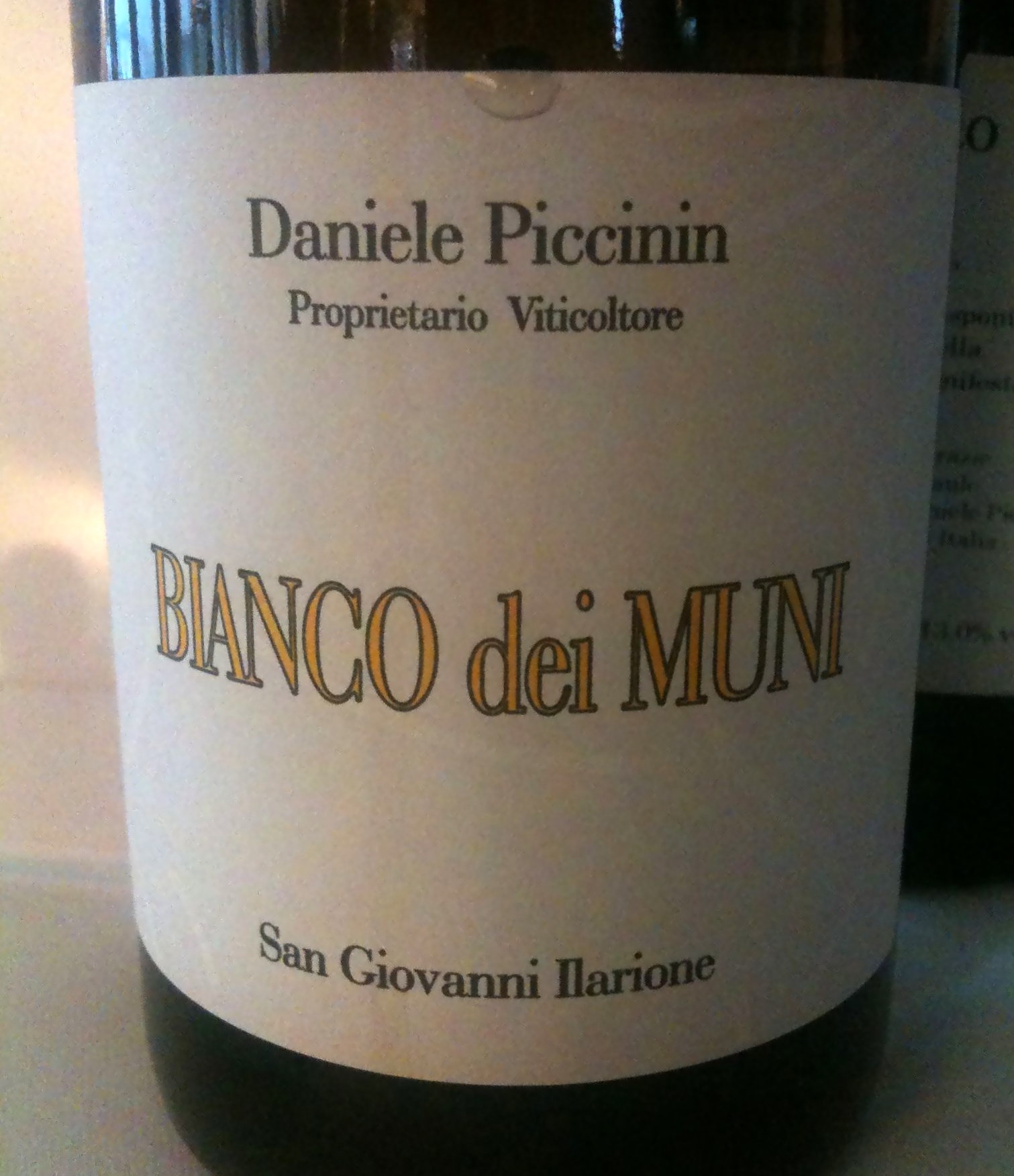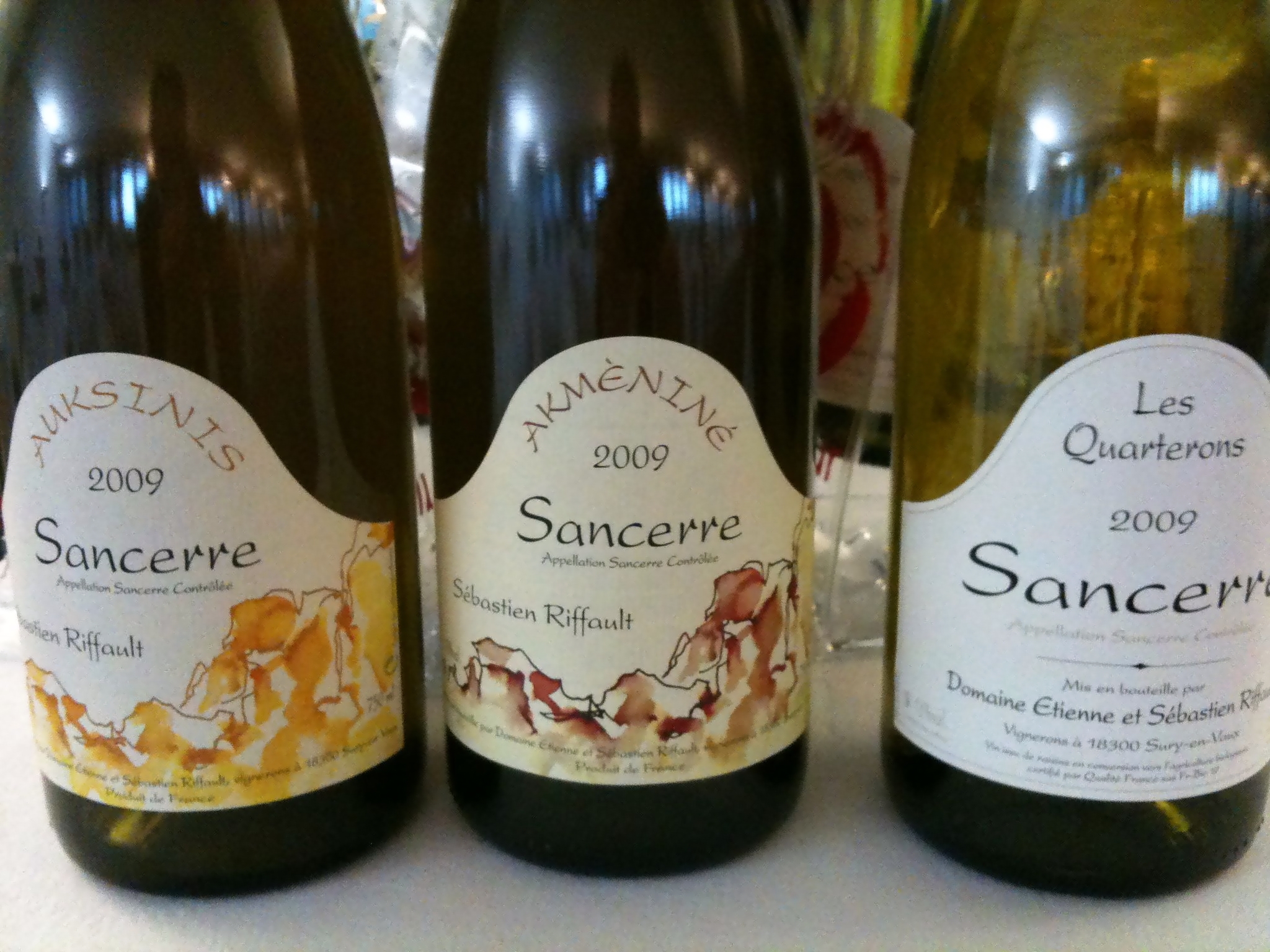Best natural picks
Posted on 7 December 2011
Following my summary of the recent Vinnatur natural wine event in Zurich, here are my best picks of the 150 wines I tried at the subsequent tasting:
Paraschos
My first comprehensive tasting of this renowned Friuli estate. I really enjoyed their 2008 take on Ribolla Gialla, deeply coloured, layered, mildly tannic but fresh too in a natural, uncumbersome way. (Ribolla is no easy grape to balance). Where the 2008 whites showed freshness and minerality, the 2009s introduced an extra dimension of structure and power, towered by the Ponka 2009 blend aged two years in wood: exploding with saline, alkaline terroir expression but never excessive or funky, a wine of great harmony. Thumbs up too for the Skala 2006, a Merlot with 4 years of wood yet elegant and understated. There’s a clear step forward here since the mid-2000s when the wines were more macerated and forceful.
Daniele Piccinin
This young chap is one of a number of disciples of Angiolino Maule, vintner at La Biancara and the driving force behind the natural wine movement in Italy. Located just outside Valpolicella, Piccinin grows a catholic assortment of grapes from the local Durella and Corvina up to Chardonnay and Cab Sauv. I wasn’t taken by the Pinot Noir 2009 here, and the Montemagro 2009, a macerated Durella, is a very acidic, tannic wine in need of long ageing. But the unsulphured Bianco dei Muni 2009 and Rosso dei Muni 2009 showed excellent complexity and elegance and put Piccinin firmly on the map. The former is like a very good terroir-driven Chardonnay from the Jura, idiosyncratic, structured and long while the latter has an amazing purity of fruit.
Sébastien Riffault
There was a moment of scare for this Sancerre estate when the Sancerre Skeveldra 2009 made a poor showing at the tutored tasting, overphenolic and caramelised masking terroir, but on the next day I found these wines have a real added dimension to the stereotyped nettley and flinty expression of Loire Sauvignon Blanc. The no-SO2 Sancerre Akméniné 2009 has a deep orange colour but is not oxidative in flavour and retains Sauvignon’s vital freshness; the Auksinis 2009 is more fallen-appley with a hint of caramel but there is a saline backbone throughout. Riffault’s least ambitious bottling with some SO2 added at bottling is the Sancerre Les Quarterons 2009 which I thought was excellent.
Barranco Oscuro
There doesn’t seem to be a lot of natural and BD wines coming from Spain as compared to Italy or France. Why? Consumer preferences might be the answer, as the ‘international style’, big oaky extracted fruit bombs seem to be much in demand there. A potential problem is ripeness and alcohol levels: they’re already high almost everywhere in Spain, so with the extra ripeness that seems to be the hallmark of many ‘natural’ wines, there’s the danger of excess. Barranco Oscuro mitigates this with the highest vineyards in Europe, at over 1100 meters in southern Andalusia. Interestingly it’s not the Syrah-driven Rubaiyat 2008 or the top-drawer Cerro Las Monjas 2004 (grown at 1368m of elevation) that I preferred here, but the Garnata 2009 (from Garnacha) and Borgoñón Granate 2005 (a Pinot Noir!), wines of fantastic unforced texture and freshness, full of mineral dimension, and absolutely not tiresome even at 15% alc. An estate to watch, definitely.
Elisabetta Foradori
This famous winemaker from Italy’s Trentino hardly needs an introduction. She has almost single-handedly saved the Teroldego grape from oblivion and propelled it into the Gotha of Italian wine. Her Granato 2004 is a mythical bottle. For several years now Elisabetta has been exploring biodynamics and natural winemaking. Inspired by a study of Georgian grape varieties, she has introduced amphorae, and her two white wines, amphora-fermented on the skins, the Nosiola Fontanasanta 2010 and Manzoni 2010, are showing tremendous depth and complexity without the overly emphatic style of many amphora wines: they’re actually quite linear and acid-driven. Even more exciting are the two Teroldego crus also made in clay: Sgarzon 2010 and Morei 2010 were looking superbly crisp and floral last month, although they’ll obviously repay cellaring. Elisabetta Foradori shows the fantastic results that can be obtained by bridging natural and conventional wine.
Disclosure
My trip to Switzerland including flights and accomodation was sponsored by the Vinnatur association.






